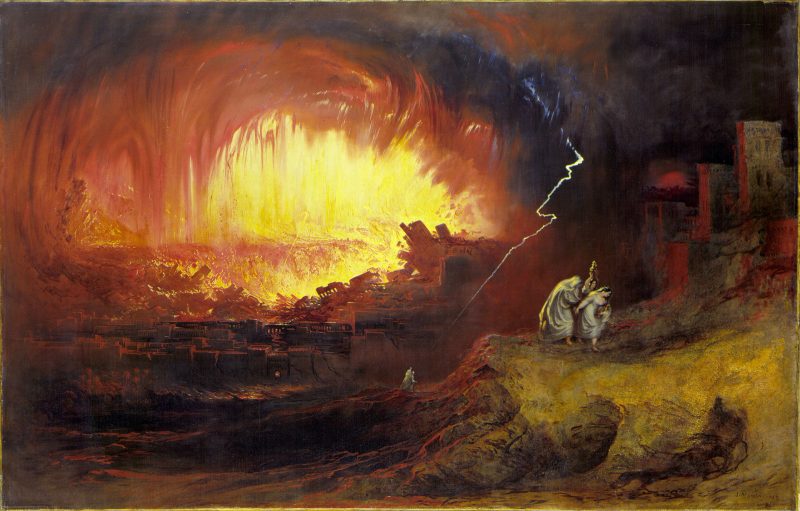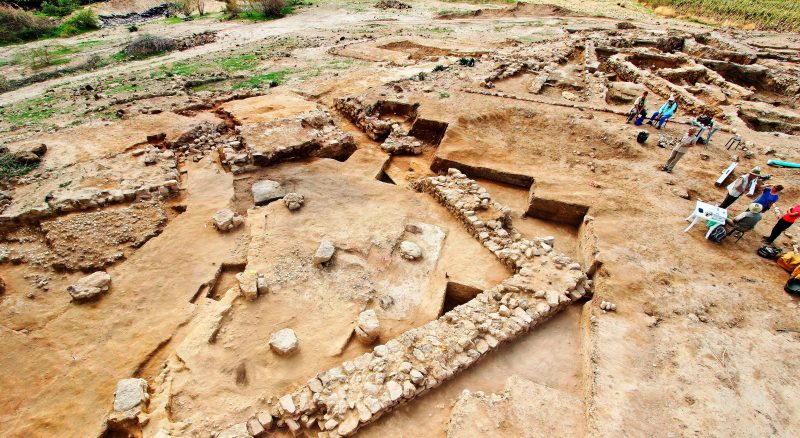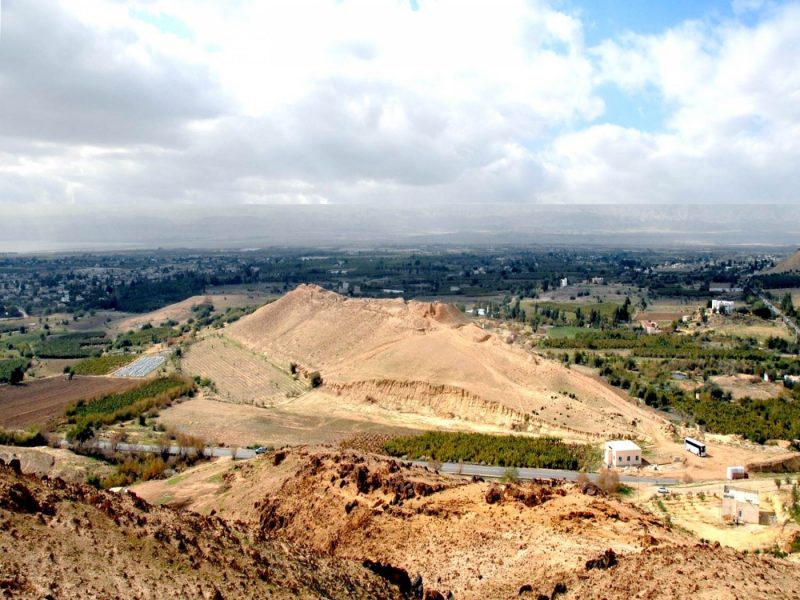For ten seasons (since 2005), a team of archeologists lead by Steven Collins of Trinity Southwest University, New Mexico, has been unearthing layers of amazing ancient structures and artifacts. This object found in Jordan’s southern valley date from the bronze age and it is believed that they are the remains of a big city-state. The location is known as Tall el-Hammam.
Collins says:
“Very, very little was known about the Bronze Age in the Middle Ghor (southern Jordan Valley) before we began our excavations in 2005. Even most of the archeological maps of the area were blank, or mostly so. What we’ve got on our hands is a major city-state that was, for all practical purposes, unknown to scholars before we started our Project.”
Steven Collins is a Bible scholar and an archeologist. For him, places like Tall el-Hammam are of great interest. Collins is recognizing the similarities between the many archeological places scattered along the Eastern Mediterranean coast and the names of cities and locations mentioned in the Biblical texts, places like Jericho, Jerusalem, Capernaum, Megiddo, Hazor etc… One such place is the infamous city of Sodom. After a detailed research and after checking out some of the descriptions mentioned in the Bible, Collins went to look for Sodom:
“Tall el-Hammam seemed to match every Sodom criterion demanded by the text. Theorizing, on the basis of the Sodom texts, that Sodom was the largest of the Kikkar [the Jordan ‘Disk’, or ‘well-watered plain’ in the Biblical text] cities east of the Jordan, I concluded that if one wanted to find Sodom, then one should look for the largest city on the eastern Kikkar that existed during the Middle Bronze Age, the time of Abraham and Lot. When we explored the area, the choice of Tall el-Hammam as the site of Sodom was virtually a no-brainer since it was at least five to ten times larger than all the other Bronze Age sites in the entire region, even beyond the Kikkar of the Jordan.”

When you compare Tall el-Hammam with the remains of the other ancient cities in the vicinity (from the same period), it is definitely the closest to what Sodom would look like.
According to the Biblical texts, divine judgment was passed upon Sodom. It was completely consumed by fire and brimstone. Neighboring In the Abrahamic religions, Sodom has become synonymous with impenitent sin and its fall with a proverbial manifestation of divine retribution. Sodom has been used as a metaphor for vice and homosexuality viewed as a deviation.

Besides the theory that Tall el-Hammam is actually Sodom, the site is, first of all, important because of its long and ancient history. The stories of the people that prospered and worked here to make it into a massive Bronze Age city are as important as any holy text ever written. Tall el-Hammam was strategically situated near good water resources and important trade routes. After it was first settled it took very little time for it to evolve into a dominant city-state which thrived during the Early and Middle Bronze ages (3500 & 1540 B.C.)
This huge and amazing archeological site is described as consisting of two parts: upper and lower city. The earliest evidence of a settlement here dates from 3500 B.C. It is a 5.2. meter thick city wall, that was probably as much as 10 meters high, made of mudbricks. This early stronghold also had gates, towers a roadway and plazas. In the Middle Bronze Age (2000 – 1540 B.C.), even bigger structures were built in the city to replace the old. The upper city was fortified with a huge defensive rampart system. This undertaking probably took millions of bricks and a huge workforce. The top of this rampart was 7m wide and probably served as a circular road around the facilities of the upper city. The footprint of the outer edge of the rampart was measured to be 250m x 400m and the outer slope, covered with hard packed clay was over 30m high, above the lower part of the city.

When you look at the sheer dimensions of the defensive walls of this city, you realize that it was an impressive fortification. It is interesting that not only the wealthy and important citizens and administrative buildings from the upper part of the city were protected. The lower part, following the lines of the Early Bronze Age city, had its own 4m thick walls constructed. Again the lower city too was enhanced by a mudbrick rampart with a slope of 35-38 degrees. The lower city defenses rise over 100 feet above the surrounding plain, and the upper city defenses raise it 100 feet more above the valley.
Besides the defensive structures, there were more Middle Bronze Age finds, such as: a large monumental complex, a mudbrick palace in the upper city (called the “red place”) and remains of a big gate complex. This year, at the end of the season, it was confirmed that the Bronze Age fortifications were even bigger and also more towers and gates were found.
What is really amazing is that, according to the evidence that were excavated, life in the city suddenly stopped to exist at the peak of the Bronze Age. For the next 700 years, the city was turned into a huge wasteland without any human inhabitants. Other evidence shows that life in Tall el-Hammam returned, but centuries later and at a considerably smaller scale.
Collins think that further research may shed light to this mystery. Is it possible that part of the Biblical story is right?
